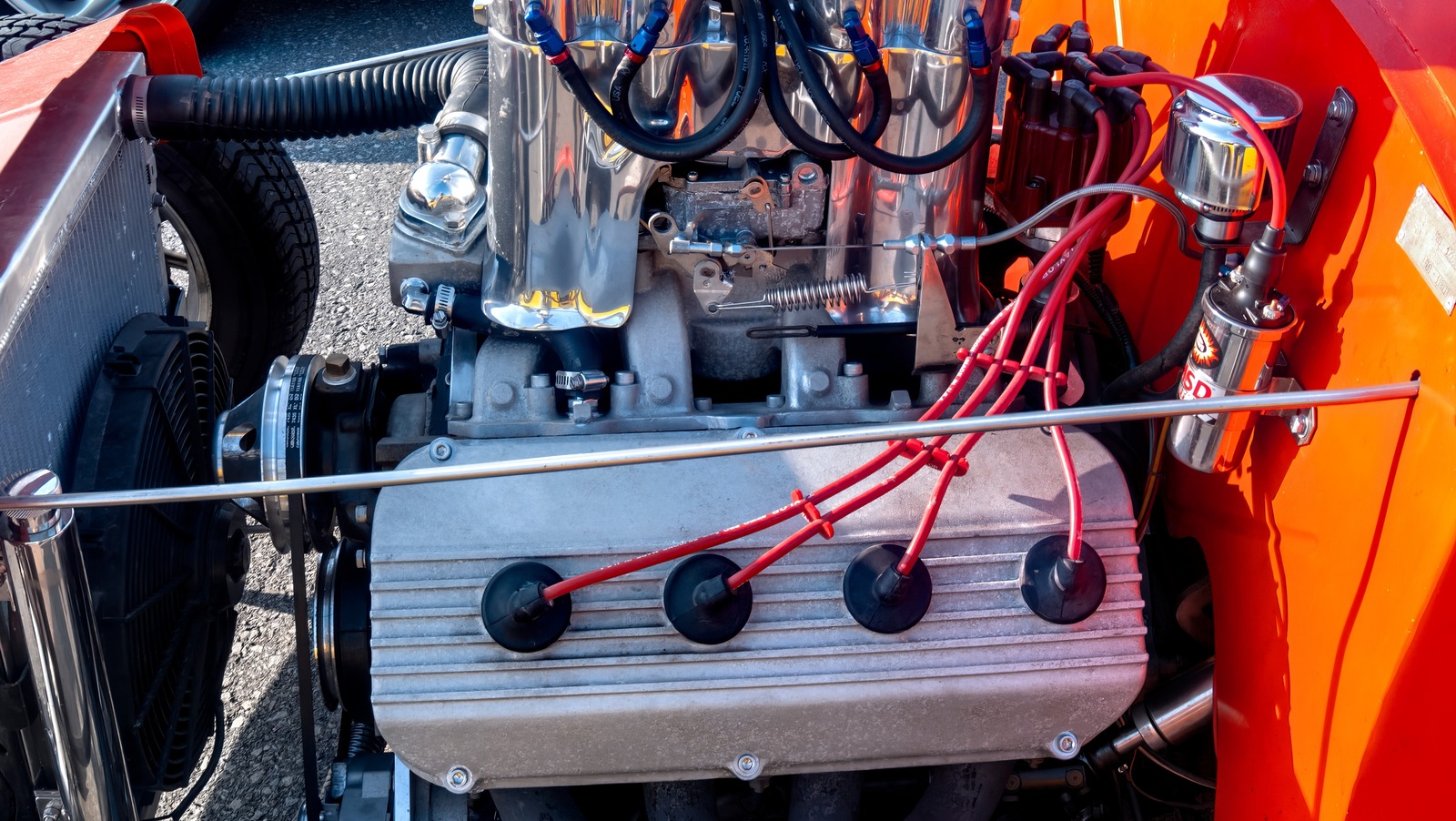
When it comes to hemispherical combustion chambers, Germany might not be the first country that comes to mind, as these engines are generally considered an American innovation. However, Germany is home to one of the world’s most influential auto manufacturers, which boasts a rich history of building hemi engines — Porsche. Notably, hemispherical combustion chambers were a hallmark of Porsche’s most iconic and widely used engine for over three decades: the air-cooled flat-six cylinder.
Porsche is famously known for its philosophy of incremental improvement and dedication to heritage, exemplified by its consistent use of the boxer engine. The lineage of Porsche’s flat engines can actually be traced back to the Volkswagen Beetle, which featured a rear-mounted, air-cooled, 1.1-liter flat-four cylinder engine that delivered a modest 35 horsepower — quite reasonable for its time. The Beetle made its debut in the midst of World War II. The original Porsche flat-four boasted inherent smoothness due to its design, high thermal efficiency, and a low center of gravity, which enhanced handling and safety. This air-cooled flat engine design proved successful in the Beetle and Porsche’s early models like the 356, prompting Porsche to continue using it until as late as 1993.
The six-cylinder version of Porsche’s flat engine debuted in 1963 in the Porsche 901, which was later renamed the 911. The engine’s design, spearheaded by legendary Porsche engineer Hans Mezger, included hemispherical combustion chambers and SOHC cylinder heads. Although “hemispherical” isn’t entirely accurate — the combustion chambers of the Porsche flat-six were actually only 30 percent of a sphere rather than the typical 50 percent — this design choice was made for better combustion efficiency.




